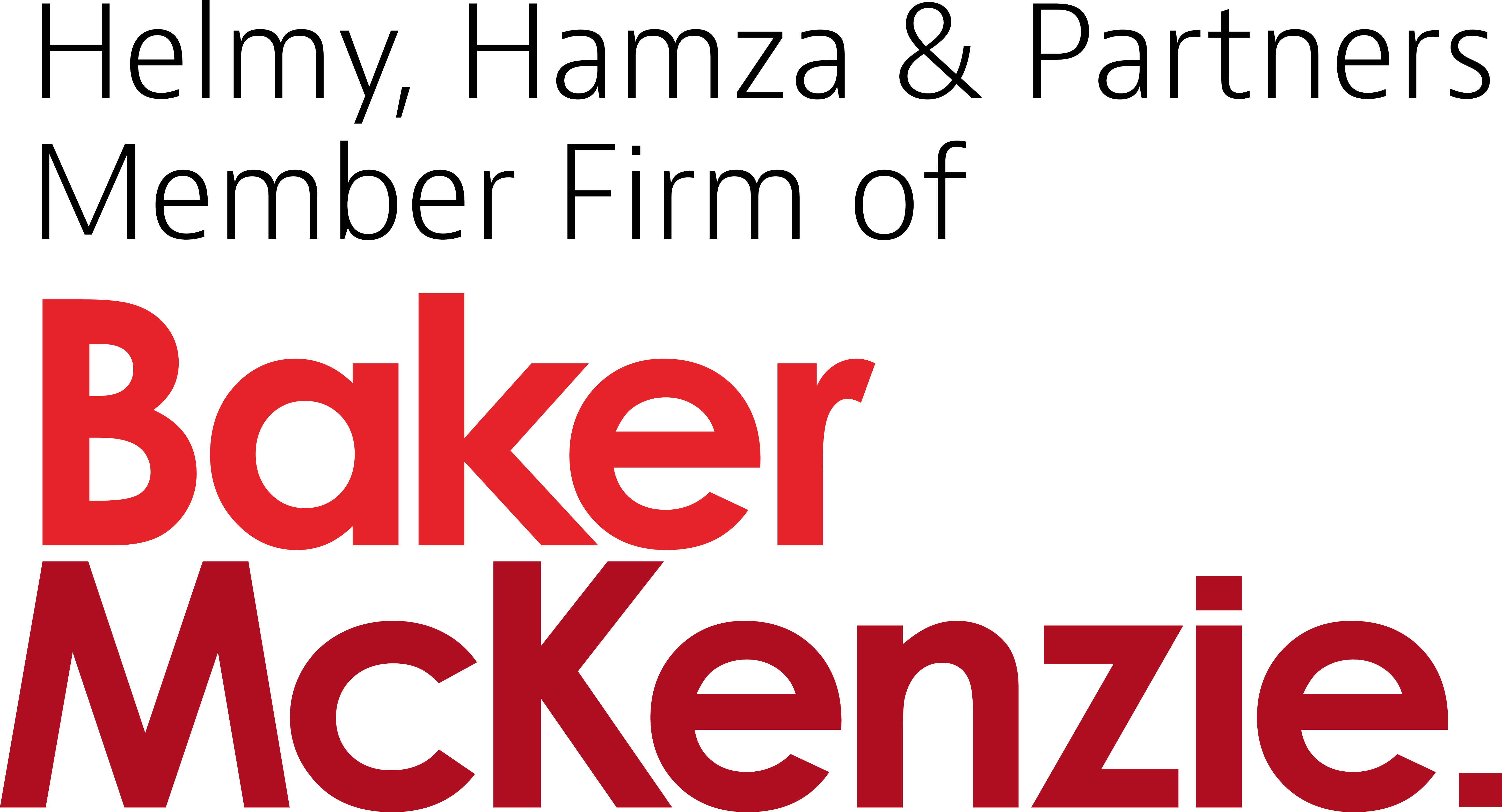In more detail
The ECA launched an awareness campaign ahead of the beginning of the school year aimed at informing consumers of their rights and outlining the obligations of schools and uniform suppliers. Following this campaign, the ECA received several complaints from parents and suppliers against various schools. In a timely manner, the ECA investigated these practices and issued violation cases against 12 schools for abusing their dominant position.
According to the ECA’s press release, case handlers conducted dawn raids at schools and suppliers to detect violations. Upon investigation, the ECA found that the schools were abusing their dominant position through the following practices:
- Limiting uniform supply by directing parents to purchase uniforms from specific outlets, accompanied with delayed uniform announcements.
- Tying practices, in several forms, including:
- Tying the education services with purchasing the uniforms from selected outlets.
- Requiring the purchase of the full uniform rather than specific items.
Conclusion
A number of takeaways can be noted from the above cases, including the following:
- The ECA has significantly increased its enforcement of abuse of dominant position under Article 8 of the ECL.
- The school uniform cases confirm that the ECA is working closely and in strong cooperation with public bodies to detect and investigate anti-competitive practices.
- These cases indicate the increased capacity and resources of the ECA and its ability to allocate resources to handle a nationwide campaign.
- The ECA’s press release showcases that the ECA has been able to investigate and issue cases within a timely timeframe.
- The ECA has taken different approaches in school uniform cases where at times it was deemed to be a vertical restraint while in others it was categorized as an abuse of dominance.
- The cases relate to governmental and private schools. This indicates that the ECA is taking competition neutrality into consideration and is able to enforce competition law on all market players regardless of their method of establishment.
* * * * *

© 2025 member law firms around the world. In accordance with the common terminology used in professional service organizations, reference to a "partner" means a person who is a partner, or equivalent, in such a law firm. Similarly, reference to an "office" means an office of any such law firm. This may qualify as “Attorney Advertising” requiring notice in some jurisdictions. Prior results do not guarantee a similar outcome.

